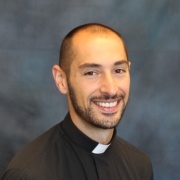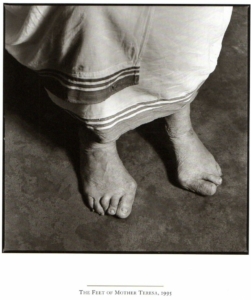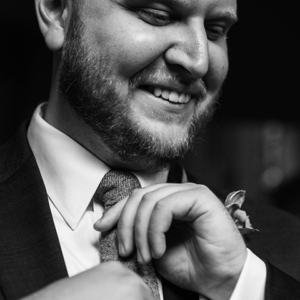Prayer is like oxygen
By David Cooley.
In my office I have a painting of St. Padre Pio holding a rosary with the words “Prayer is the oxygen of the soul” written next to him. Pope Francis has declared 2024 to be the Year of Prayer, which will end when the 2025 Jubilee Year begins. I am so thankful for this emphasis on prayer — I need it, my family needs it, my friends need it, my country needs it, the world needs it, and the Church needs it.
Everything we do should begin with prayer, and the importance of prayer cannot be overstated. We are amazed by saints like Padre Pio, Frances Xavier Cabrini and Mother Teresa, and all that they were able to accomplish, but we can do even greater things. The holy men and women of the past all began the same way — in prayer. They handed their lives over to the Lord, and they maintained a very close relationship with him. To do what we are called to do — to grow the kingdom of God, here and now — we must, as the Holy Father said in January, “recover the desire to be in the presence of the Lord, to listen to him, and adore him.”
It’s still early in our Lenten journey. Lent is a special time in the Liturgical Year, where we are invited by the Church to allow our hearts to be converted even closer to the Lord. That’s the meaning behind praying, fasting and almsgiving, ridding ourselves of anything that hinders our relationship with God.
Lent mirrors Jesus’ 40 days in the desert. He left the city and went into the wilderness with nothing. He had nothing but his Father. He is teaching us that the Father’s grace and love are all we need, and we need to get away from worldly things to hear God’s voice. Imagine Jesus’ prayers at night in the desert. Those are the prayers our hearts are yearning to say. More than food and water, we need God; more than air, we need prayer.
It’s interesting, Jesus’ 40 days in the wilderness harkens back to the 40 years the Israelites spent in the wilderness. It should not have taken them that long to get from Egypt to the Promised Land. It took them 40 years because that is how long it took them to let go of their former life (conversion) in Egypt. As soon as Moses, through the power of God, rescued them, they forgot the agonies of slavery and only remembered the delicious food and beautiful idols in that exotic land. It was the life they were comfortable with.
Their journey lasted for years and years because, as Bishop John Iffert said in his Ash Wednesday homily, that’s how long it took them to understand that all that really mattered was their relationship with their God. It’s painful and difficult for us to let go of what we can experience with our senses. It takes a leap of faith to put our lives and our trust in God.
So, we can use this Lent and this Year of Prayer as a time for us to try and detach ourselves from evil and to assess whether we are placing things in our lives where only God should be. By beginning with prayer, we are ordering our lives toward the sacred.
When our lives are properly ordered, and we are journeying toward God, we can more clearly recognize God’s love for us. The more we recognize God’s love for us, the more we can share that love with others.
We live in a time where we are too busy, we are too distracted, we are too anxious, we are too overwhelmed. We are all in desperate need of faith, peace, joy and love. Jesus told us that there is only one thing necessary.
Forty days is not enough for us to spend praying. A year is not long enough. We need a lifetime rooted in prayer. Use this time the Church is giving us to develop good, lasting habits.
Pray together as a family every day. Pray for others who need your prayers. Pray for those who hate you. Remember, the object of prayer is holiness. We pray to draw closer to the Lord as the center of our life; to pause and remember the God who loves us. The God who loves us so much he sent his beloved Son to rescue us from sin and death, because there was no way we could have saved ourselves.
David Cooley is co-director of the Office of Catechesis and Evangelization in the Diocese of Covington.

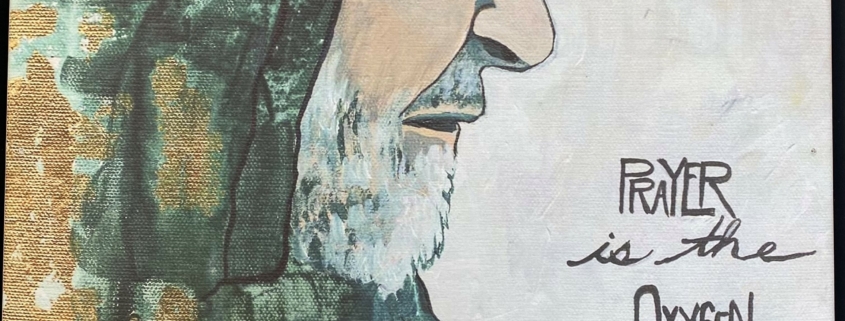

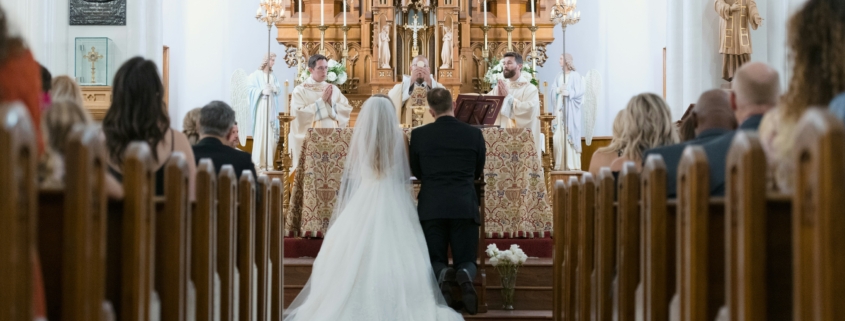



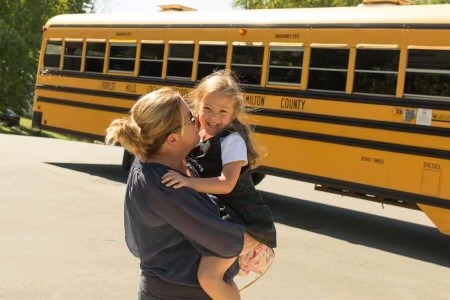





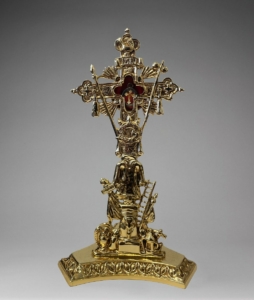 “This is a great way for the faithful to continue to receive graces we received during Lent and at Easter,” said Father Maher. “In praying before the True Cross, we are paying the highest honor to the Lord through the instrument of our salvation. The Cross is inseparable from his sacrifice, so in reverencing his cross we, in effect, adore Christ himself.”
“This is a great way for the faithful to continue to receive graces we received during Lent and at Easter,” said Father Maher. “In praying before the True Cross, we are paying the highest honor to the Lord through the instrument of our salvation. The Cross is inseparable from his sacrifice, so in reverencing his cross we, in effect, adore Christ himself.”
